The Annabelle Selldorf-designed Rubell Museum opens in emerging Miami art district
New York-based Selldorf Architects converts a series of former industrial buildings in Miami’s Allapattah neighbourhood into a museum-worthy setting for a family’s art collection, making more of it accessible to the public than ever before
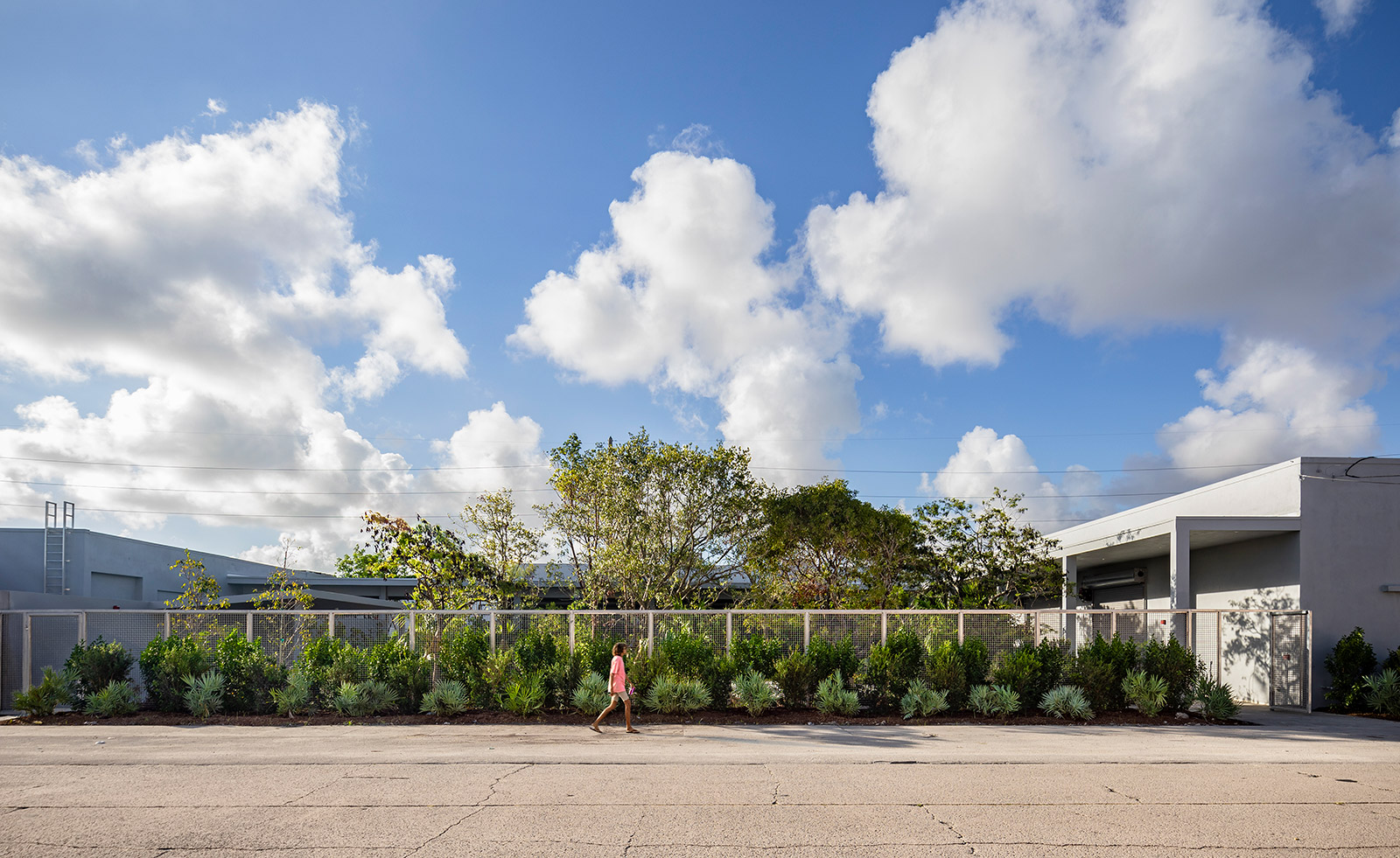
When Mera and Don Rubell began collecting in 1964, they diligently assigned a budget of $25 (a quarter of Mera’s teaching salary) each week to art. Five decades on, the genial couple have amassed an enviable collection of 7,200 works by more than one thousand artists – and counting. Together with their son Jason, the family recently opened the doors to their collection’s new home in Miami’s emerging Allapattah neighbourhood, enlisting Selldorf Architects to reimagine a disused rice storage complex as the newly minted Rubell Museum (previously known as the Rubell Family Collection).
The New York-based architecture firm gutted and transformed six warehouse units into a cohesive 100,000 sq ft campus – tripling the exhibition capacity of the collection’s previous space, a two-storey former Drug Enforcement Agency building less than a mile away in the city’s Wynwood district. The Rubell Museum now unfolds across a single level, comprising 40 galleries, a flexible events and performance space, a richly stocked research library, a bookstore, an outdoor bar and new restaurant LEKU, serving Basque cuisine.
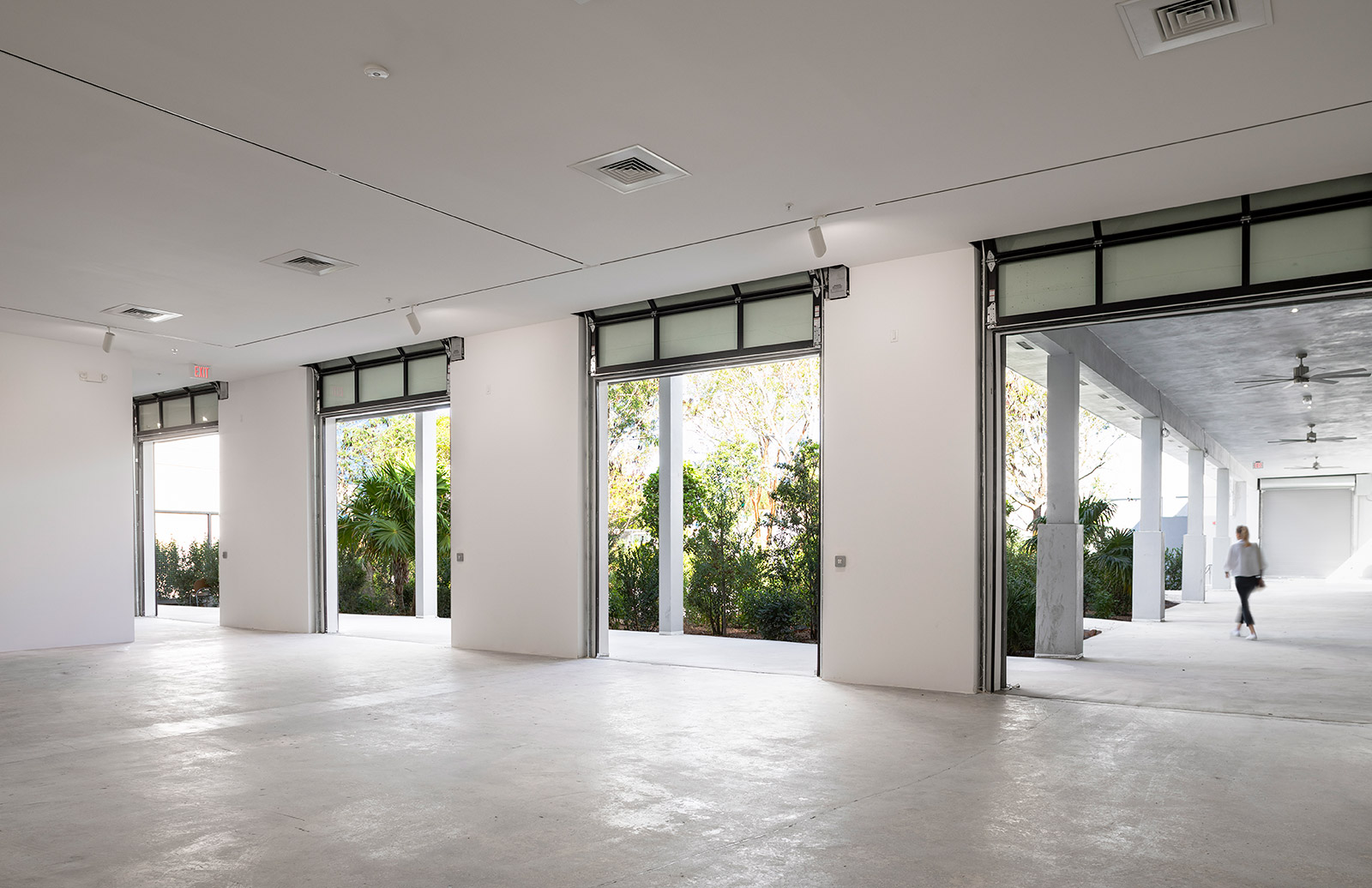
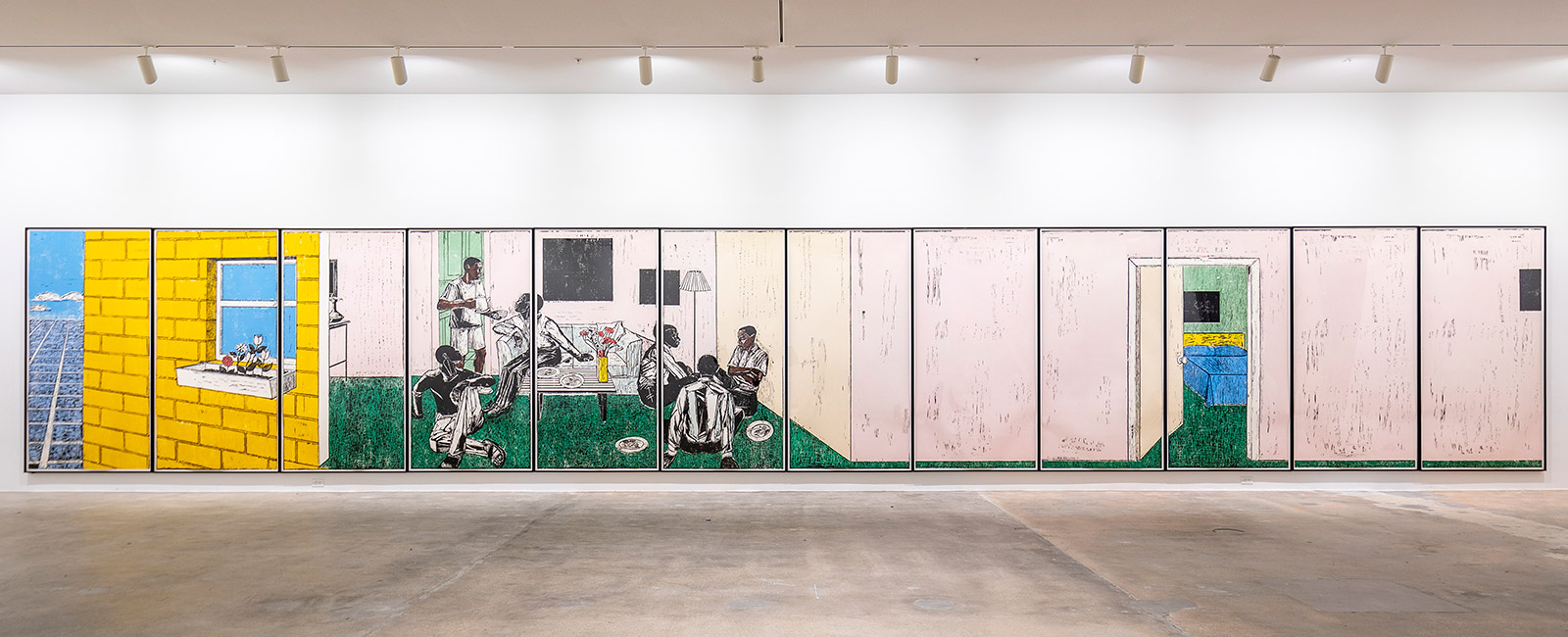
Above, view of courtyard garden. Below, art in the galleries.
Inside the museum, Annabelle Selldorf – the go-to architect for blue-chip galleries including David Zwirner and Hauser & Wirth – has largely hewed to the building’s industrial origins. The structure’s factory bones are palpable in the expansive ceilings and concrete columns, tempered by a museum-quality finish of white walls and refinished concrete floors. Hurricane-safe windows have been strategically placed in the warehouse structure to allow Miami’s abundant daylight to filter into the space, while an internal street branches off into the galleries to the west, and leads to administrative spaces to the east.
Selldorf addressed the needs of the collection with scaling galleries, to accommodate monumental works from Sterling Ruby, Keith Haring, Kehinde Wiley and more, through to installations, such as Yayoi Kusama’s Infinity Rooms, and more modestly sized pieces. At the heart of the site – where the loading dock was once located – is a leafy courtyard garden designed by La Casona Garden in collaboration with Juan Roselione-Valadez. The garden was conceived as a ‘restoration project’ using rare plants native to the Everglades and the Florida Keys.
The Rubells were instrumental in luring Art Basel to Miami Beach 18 years ago, so it’s only fitting that the influential collectors timed the opening of their new museum on 4 December during Miami Art Week. They’re in good company too: fellow Miami art power player, the philanthropist and magnate Jorge M Pérez, similarly opened his own private museum, El Espacio 23, several blocks directly west, in Allapattah. As development hots up in this swiftly changing area, we’ll be on neighbourhood watch.
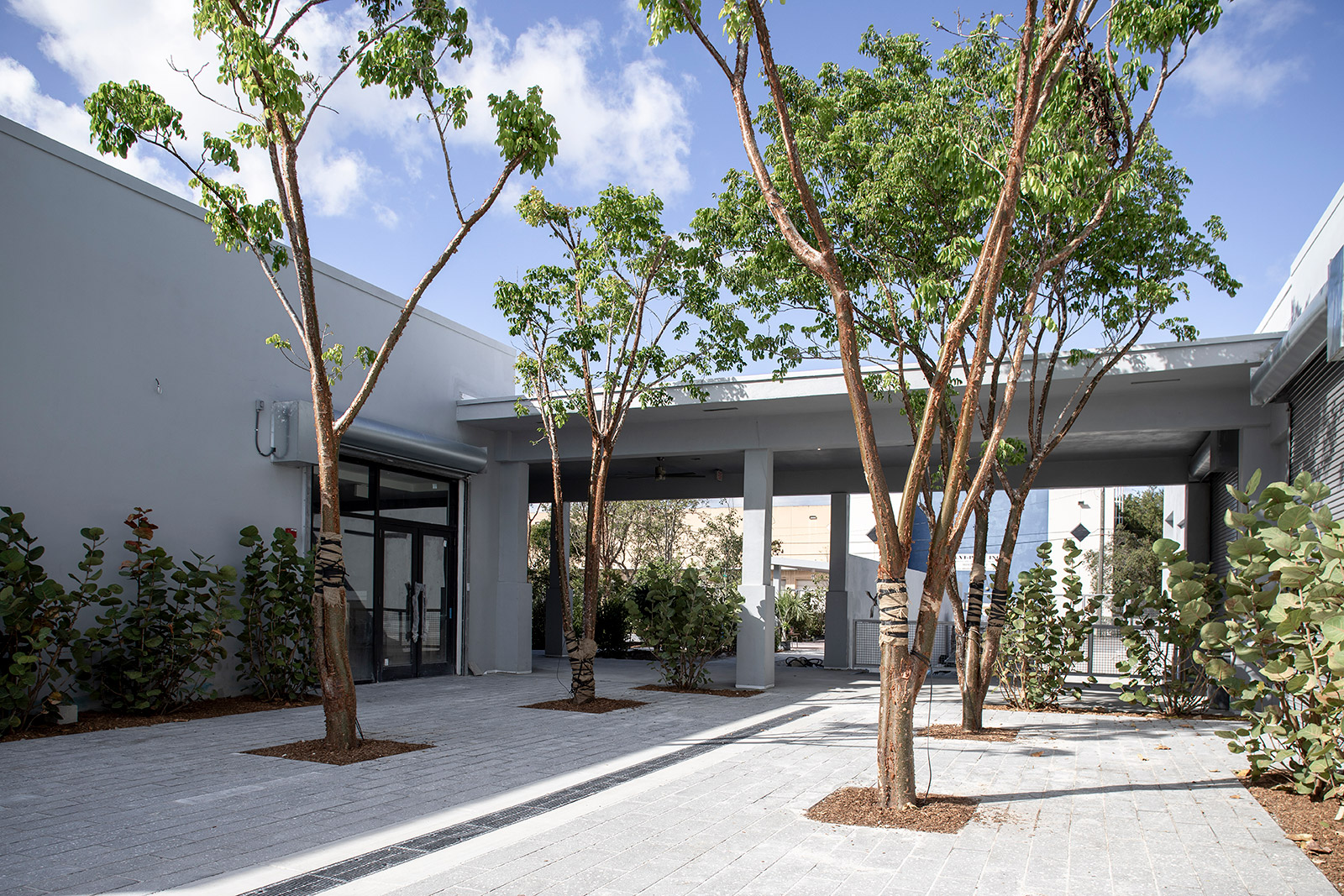
The internal courtyard.
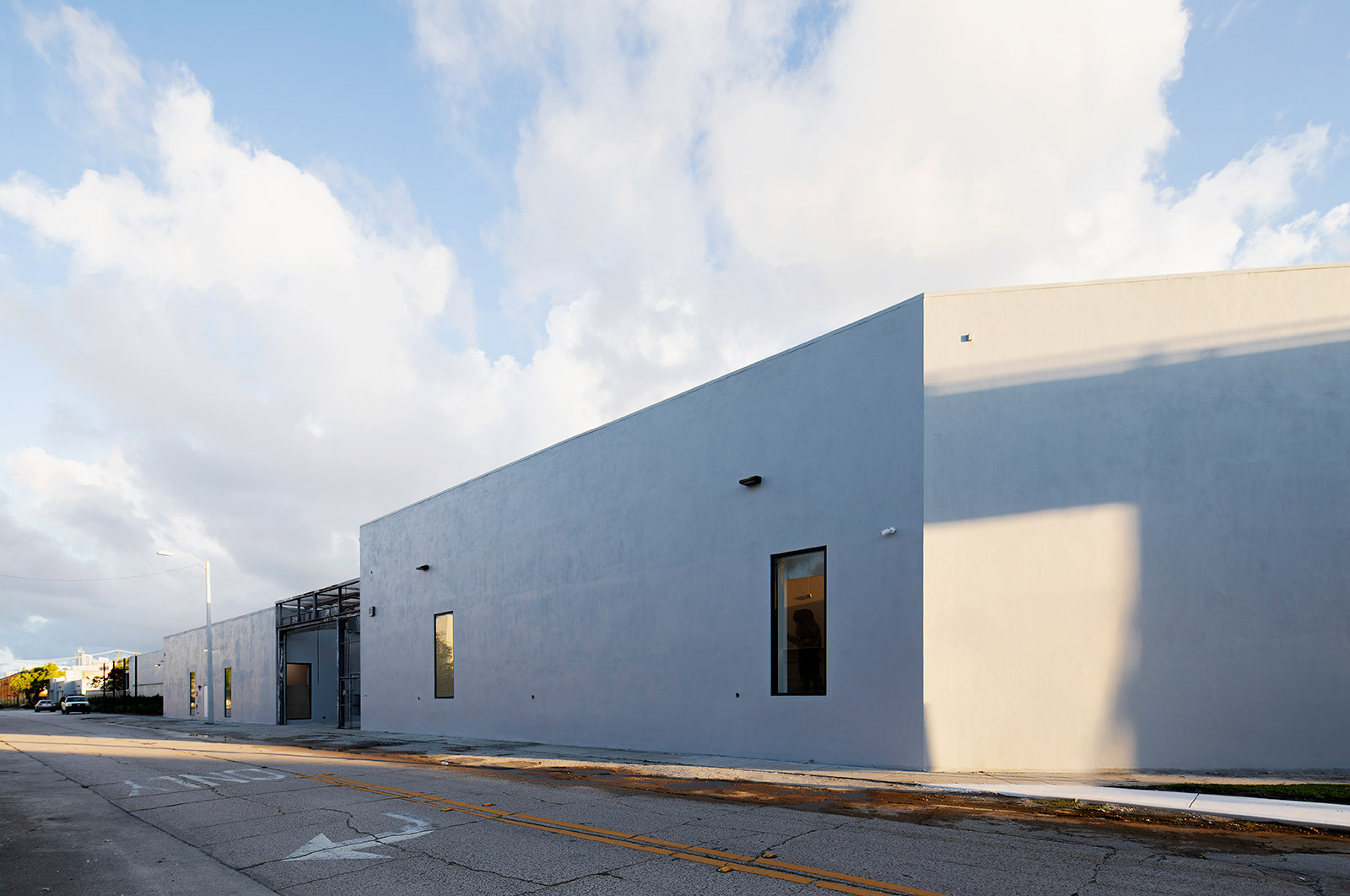
Exterior view of the Rubell Museum.
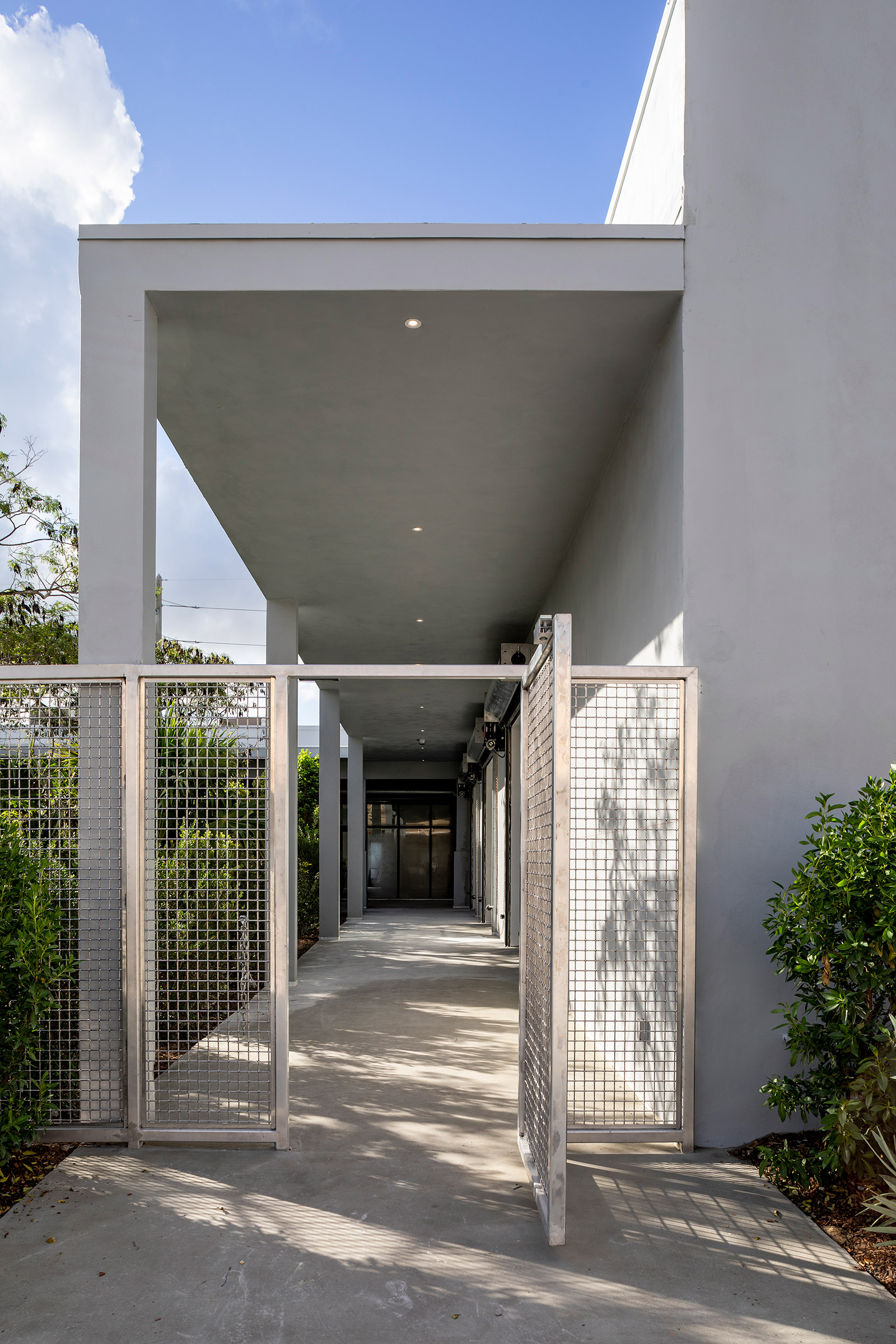
The entrance to the Rubell Museum.
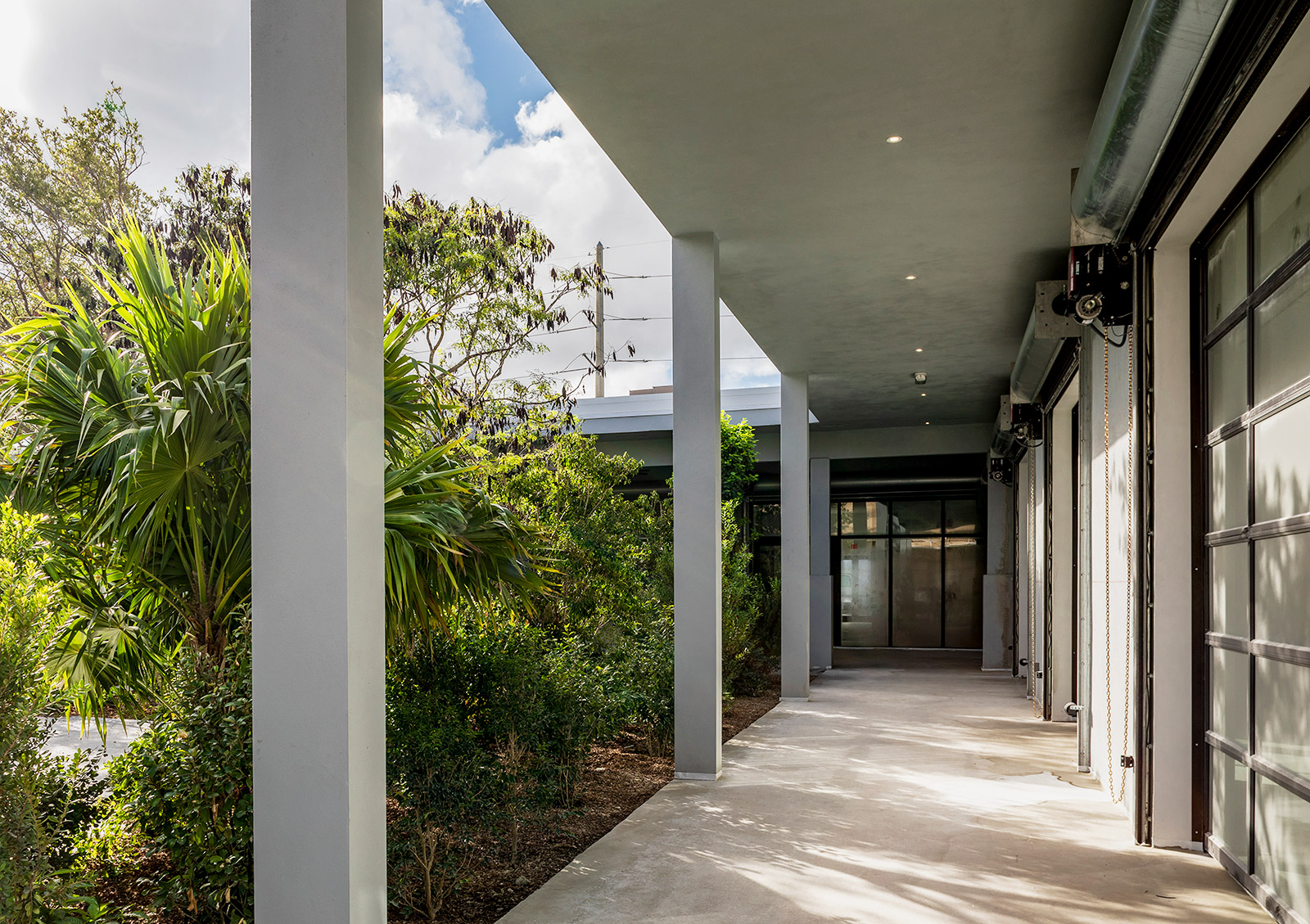
Covered walkways surrounding the garden lead visitors first to the reception desk and a restaurant.
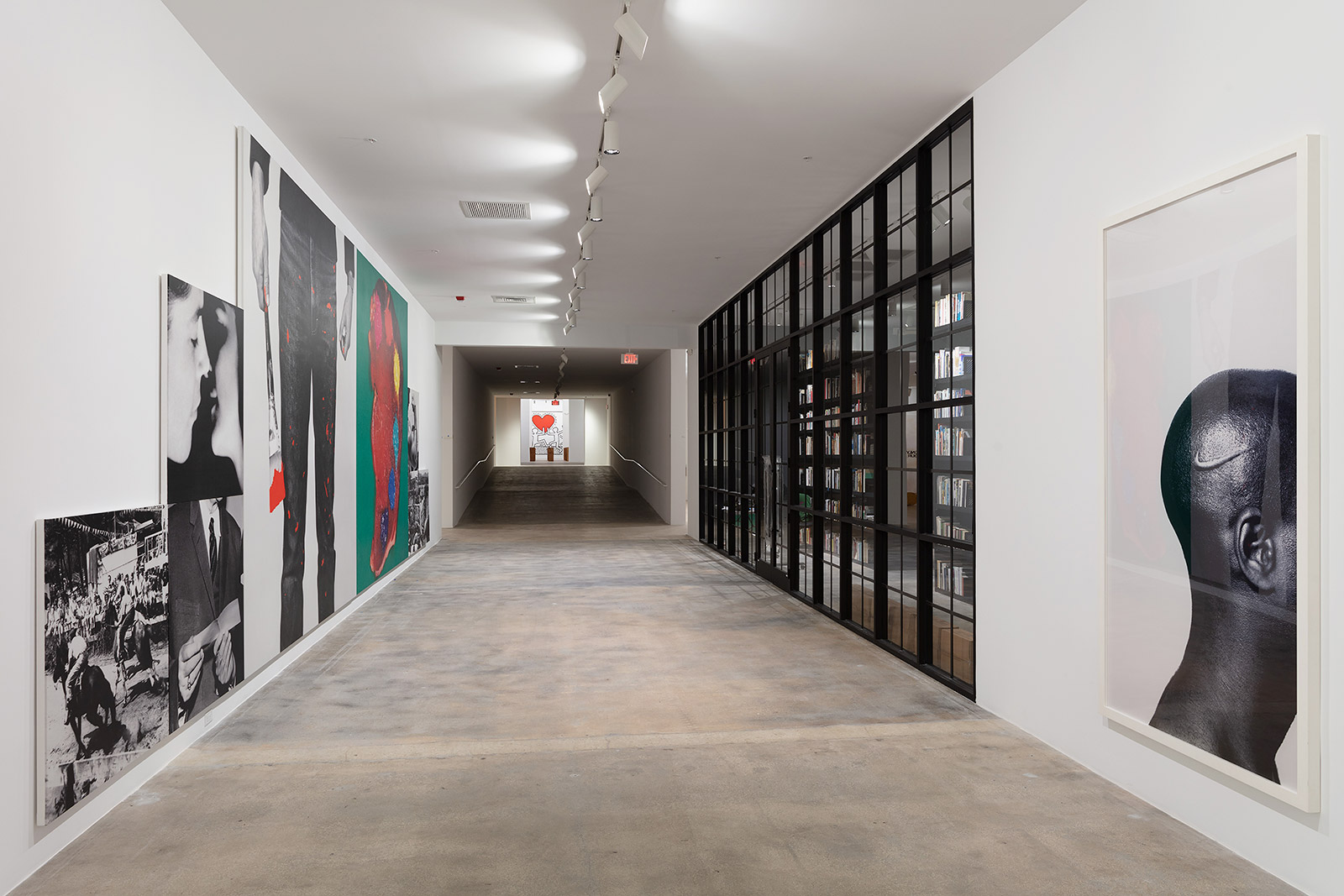
From left, Stake: Art is Food for Thought and Food Costs Money, 1985, by John Baldessari; Untitled, 1982, Keith Haring; Llano Estacado, Dallas, Texas, 1979, by Carl Andre; and Branded Head, 2003, by Hank Willis Thomas.
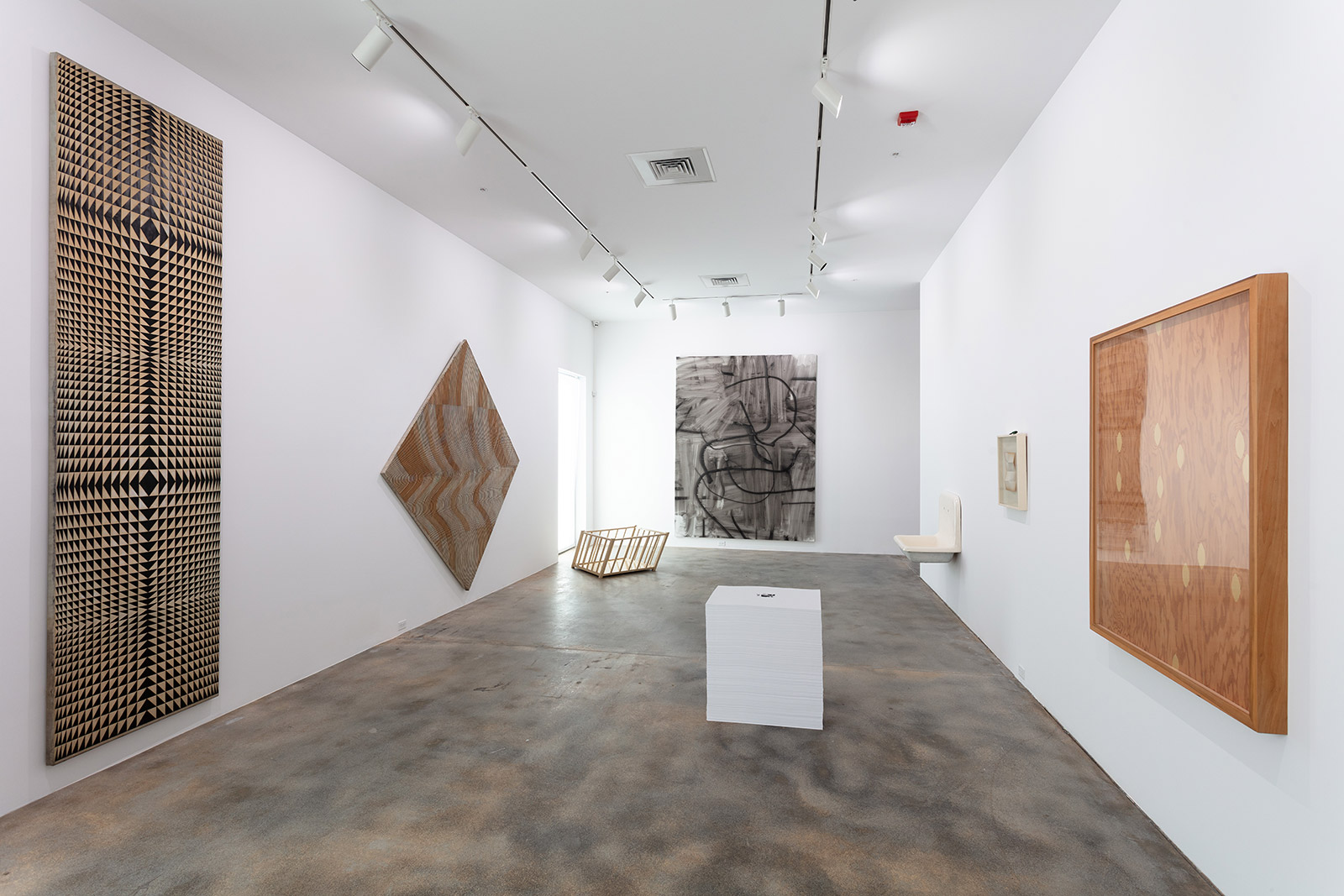
Pharos, 1985, and Brest, 1985, by Philip Taaffe; Slanted Playpen, 1987, by Robert Gober; Untitled, 2007, by Christopher Wool; Untitled (Sink), 1984, by Robert Gober; Heritage, 1986, by Nancy Shaver; Untitled (Golden Knots:5), 1987, by Sherrie Levine; “Untitled” (Join), 1990, by Felix Gonzalez-Torres, in conjunction with Michael Jenkins.
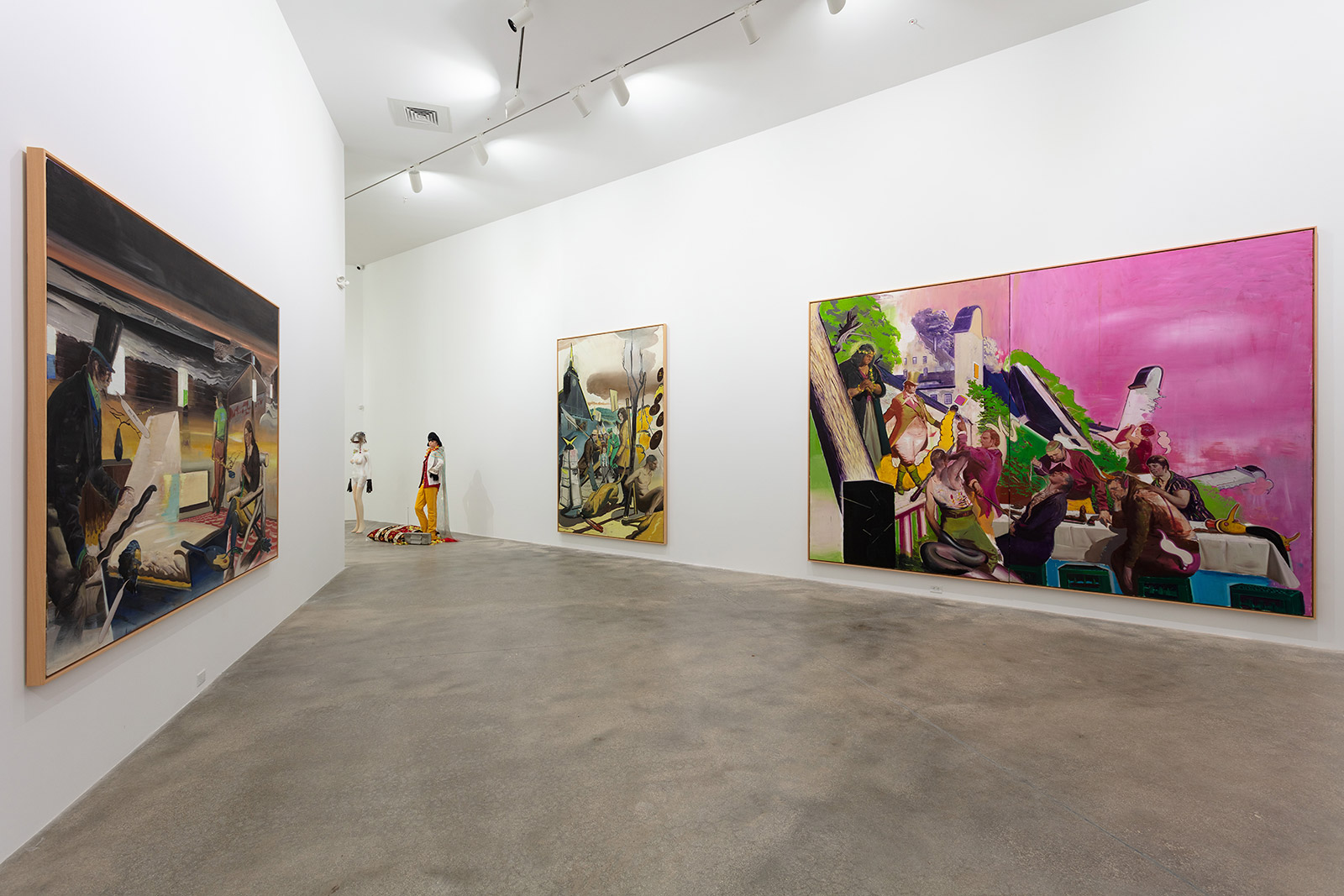
Das Neue, 2003, by Neo Rauch; Schauspieler, 2013, by Isa Genzken; Demos, 2004, and Vorfuehrung, 2006, by Neo Rauch.
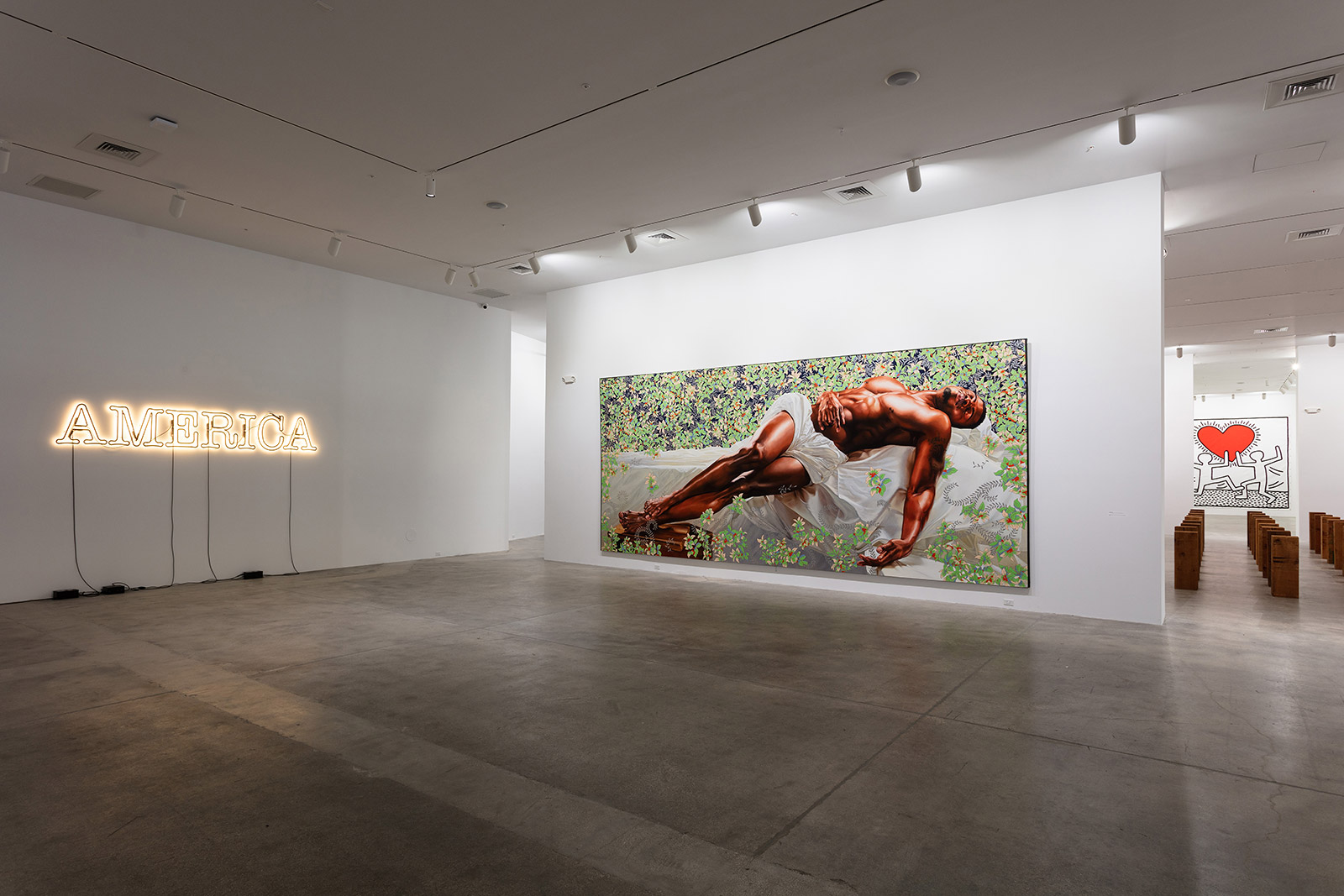
America, 2008, by Glenn Ligon; Sleep, 2008, by Kehinde Wiley; Untitled, 1982, by Keith Haring; Llano Estacado, Dallas, Texas, 1979, by Carl Andre.
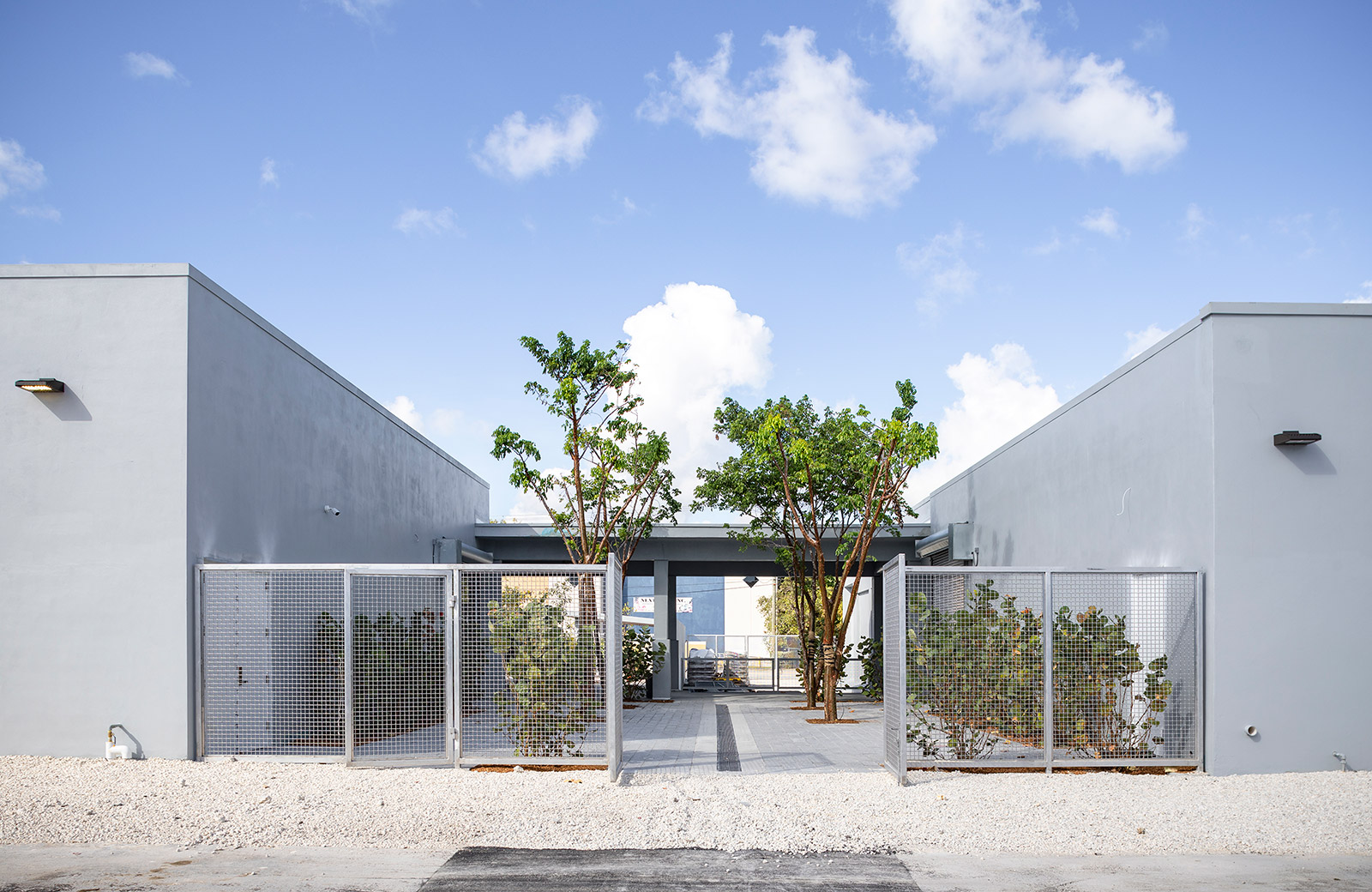
The building maintains the overall vocabulary of the original structures while updating them sensitively to serve their new public purpose.
INFORMATION
Receive our daily digest of inspiration, escapism and design stories from around the world direct to your inbox.
-
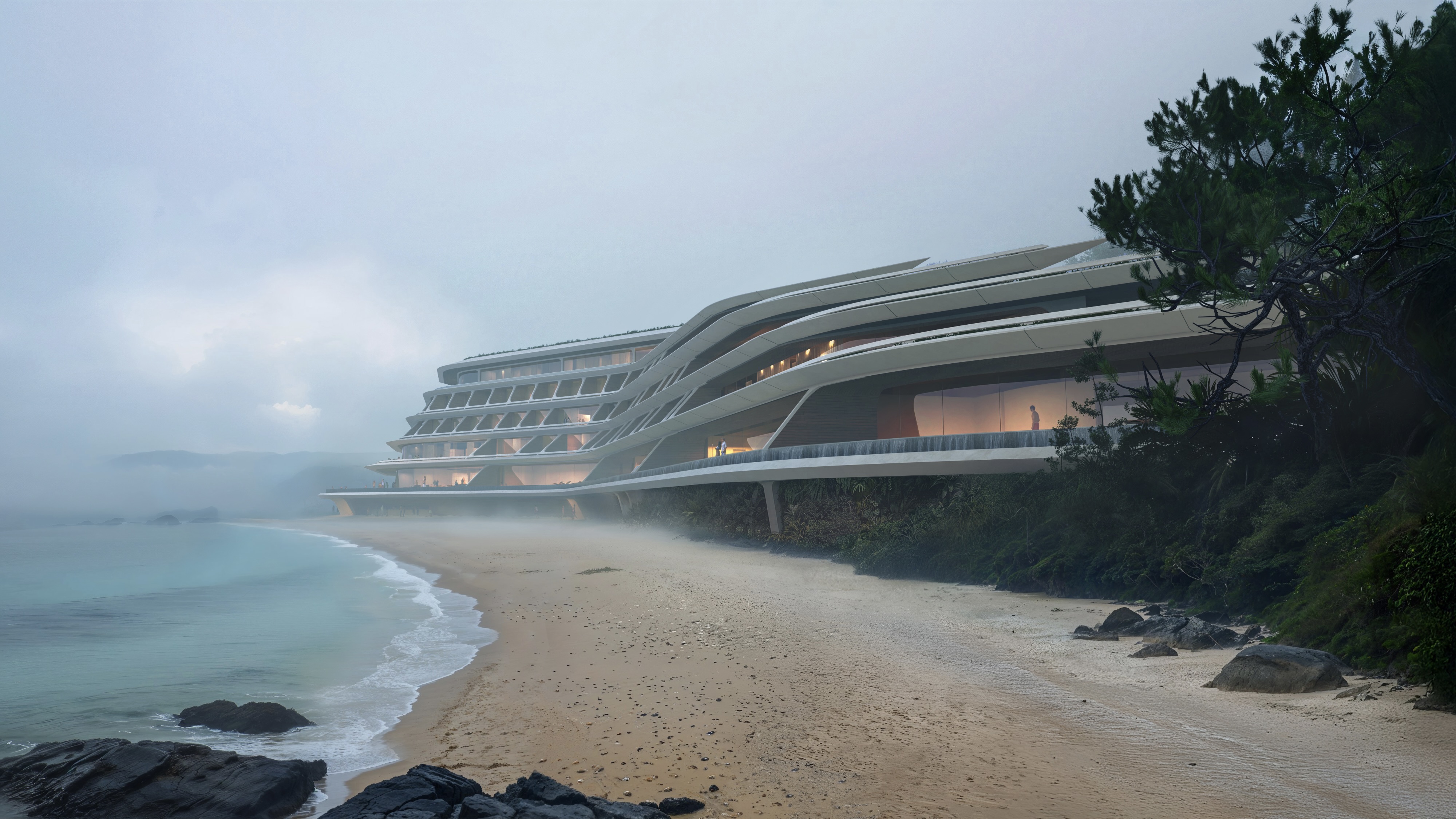 Curvilinear futurism meets subtropical beaches at Not A Hotel’s ZHA-designed Okinawa retreat
Curvilinear futurism meets subtropical beaches at Not A Hotel’s ZHA-designed Okinawa retreatZaha Hadid Architects has revealed the design for the first property in Not A Hotel’s futuristic new Vertex collection, coming soon to southern Japan
-
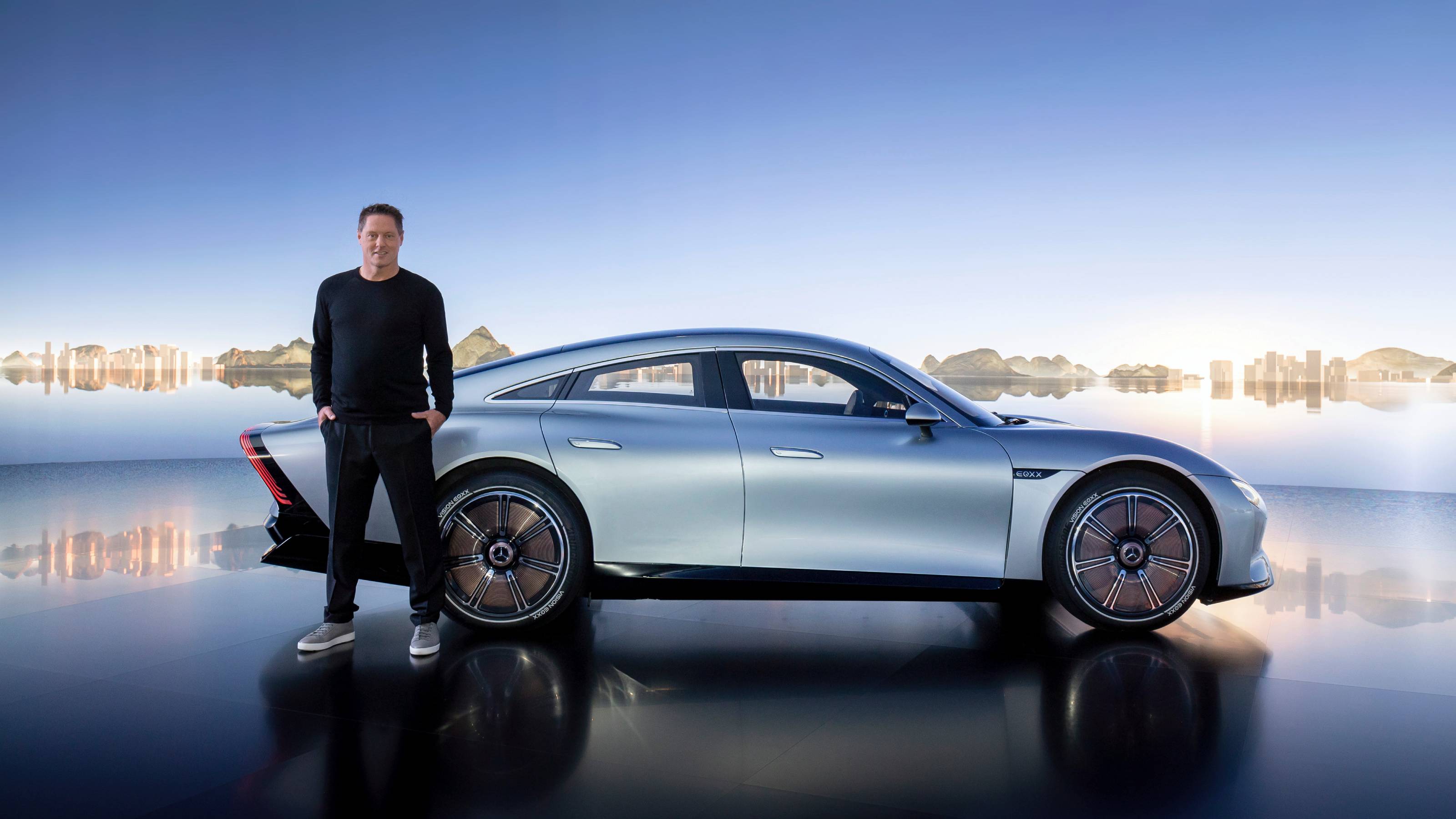 Gorden Wagener leaves the helm of Mercedes-Benz design after 28 years with the company
Gorden Wagener leaves the helm of Mercedes-Benz design after 28 years with the companyThe German designer is stepping down from the role of chief design officer at Mercedes-Benz. We look back at his influence and impact on the world of automotive and luxury design
-
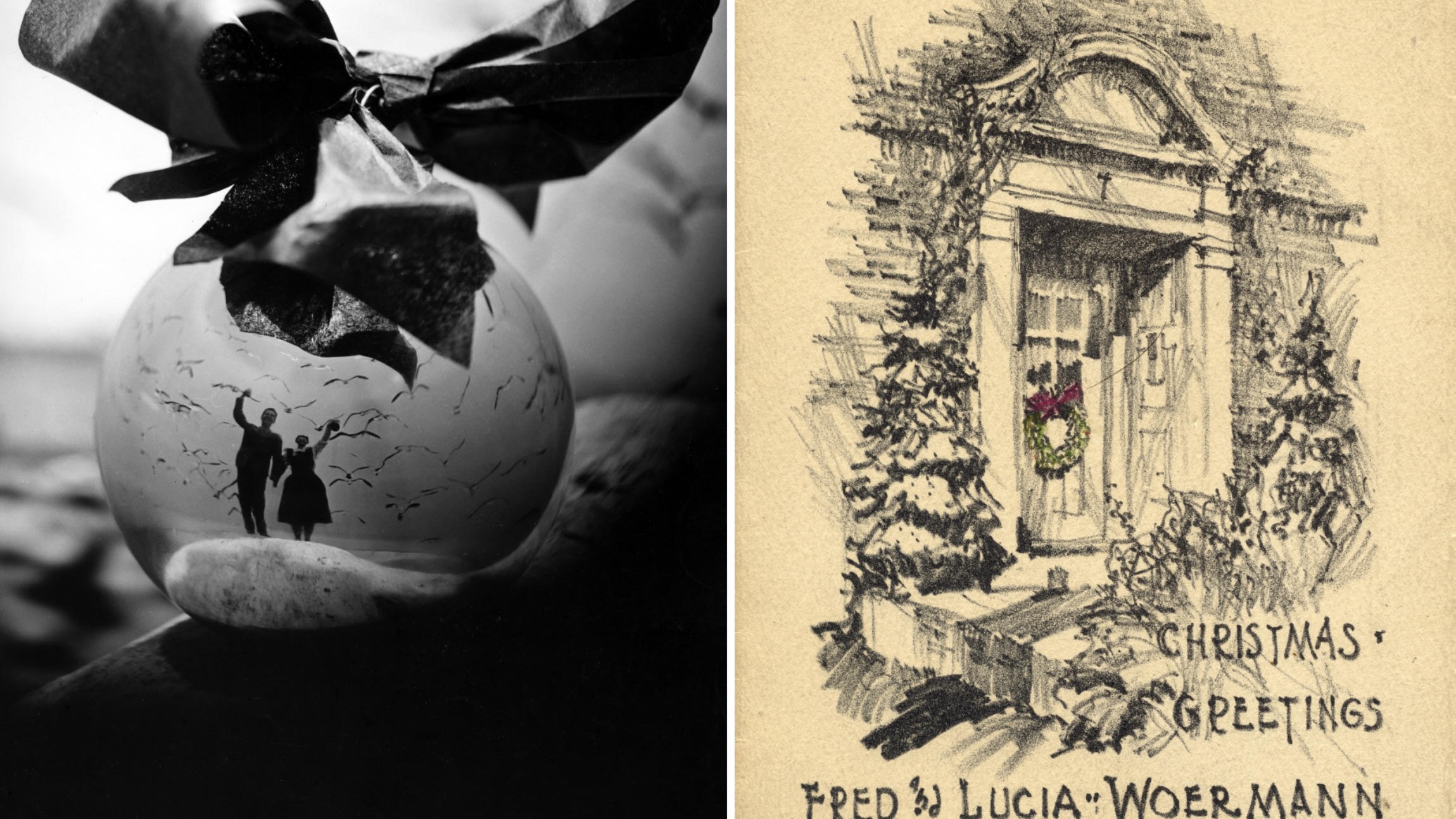 These Christmas cards sent by 20th-century architects tell their own stories
These Christmas cards sent by 20th-century architects tell their own storiesHandcrafted holiday greetings reveal the personal side of architecture and design legends such as Charles and Ray Eames, Frank Lloyd Wright and Ludwig Mies van der Rohe
-
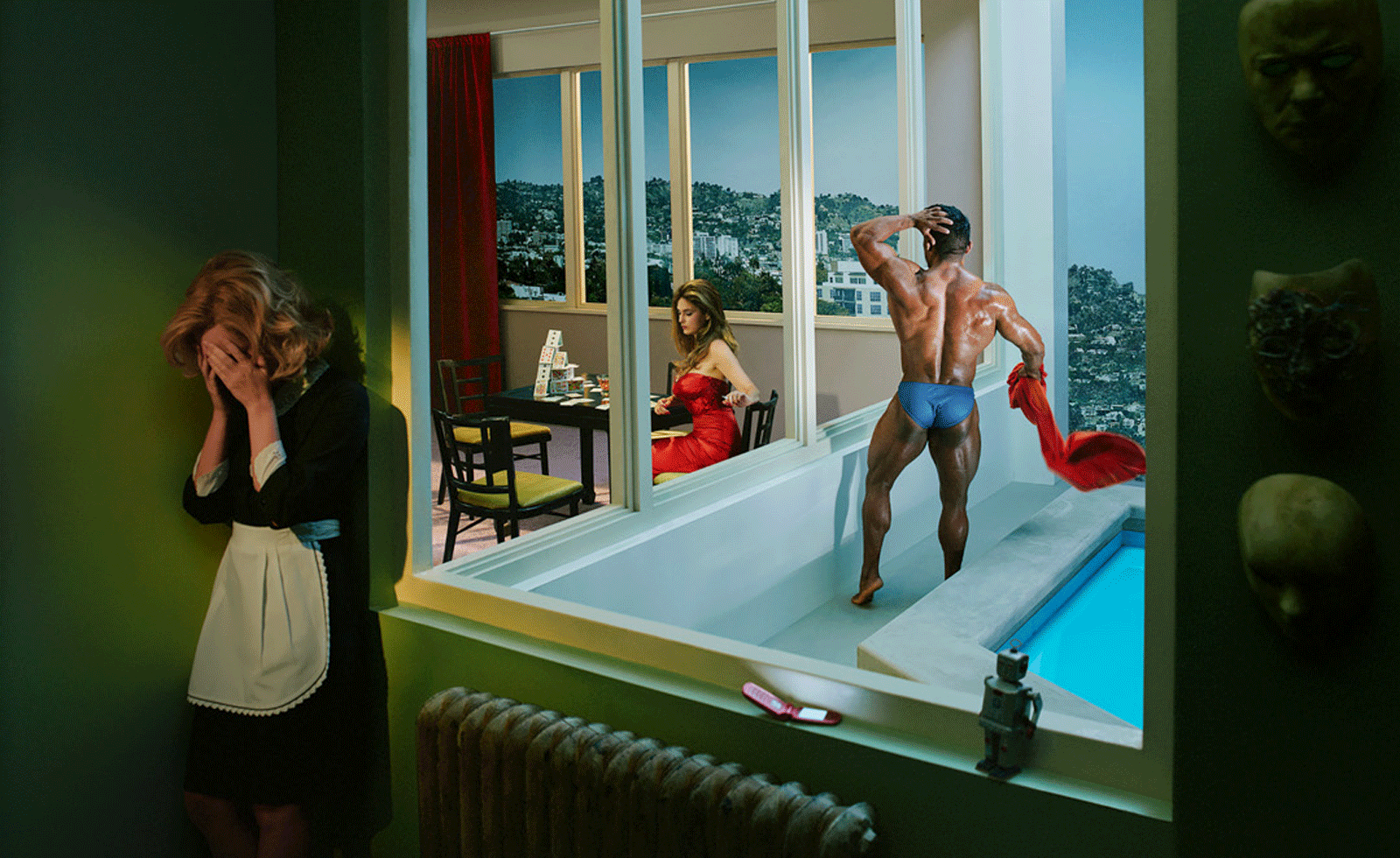 What to see at Art Basel Miami Beach 2025 – nine brilliant booths
What to see at Art Basel Miami Beach 2025 – nine brilliant boothsThe buzzy Miami art fair (5-7 December) will bring together more than 280 leading international galleries and a packed week of pop-ups and parties – start with these must-see booths
-
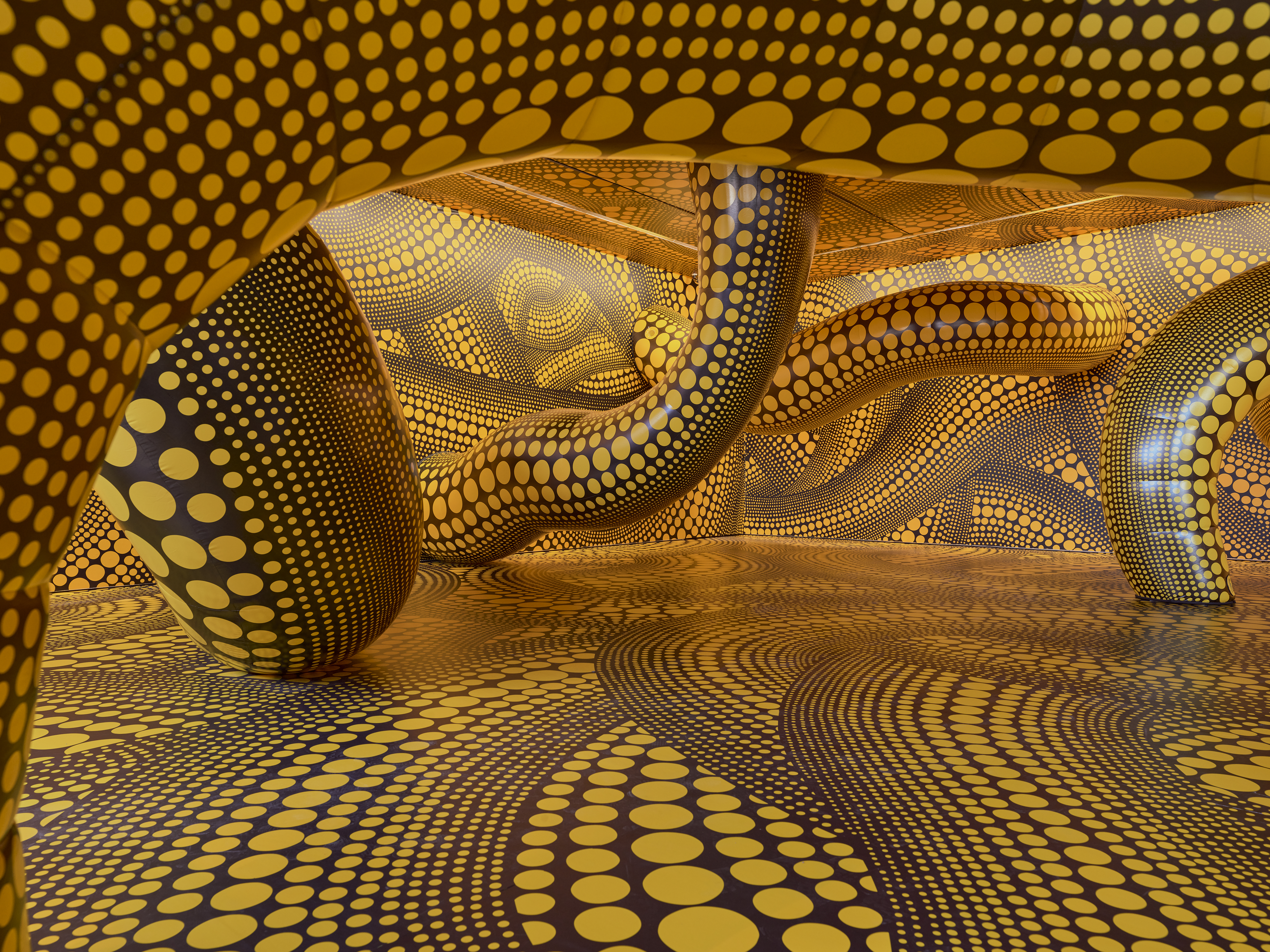 Unseen works meet immersive showstoppers as Yayoi Kusama hits Switzerland
Unseen works meet immersive showstoppers as Yayoi Kusama hits SwitzerlandAt the Fondation Beyeler in Basel, there are 300 works by Kusama to discover and it’s delightfully discombobulating
-
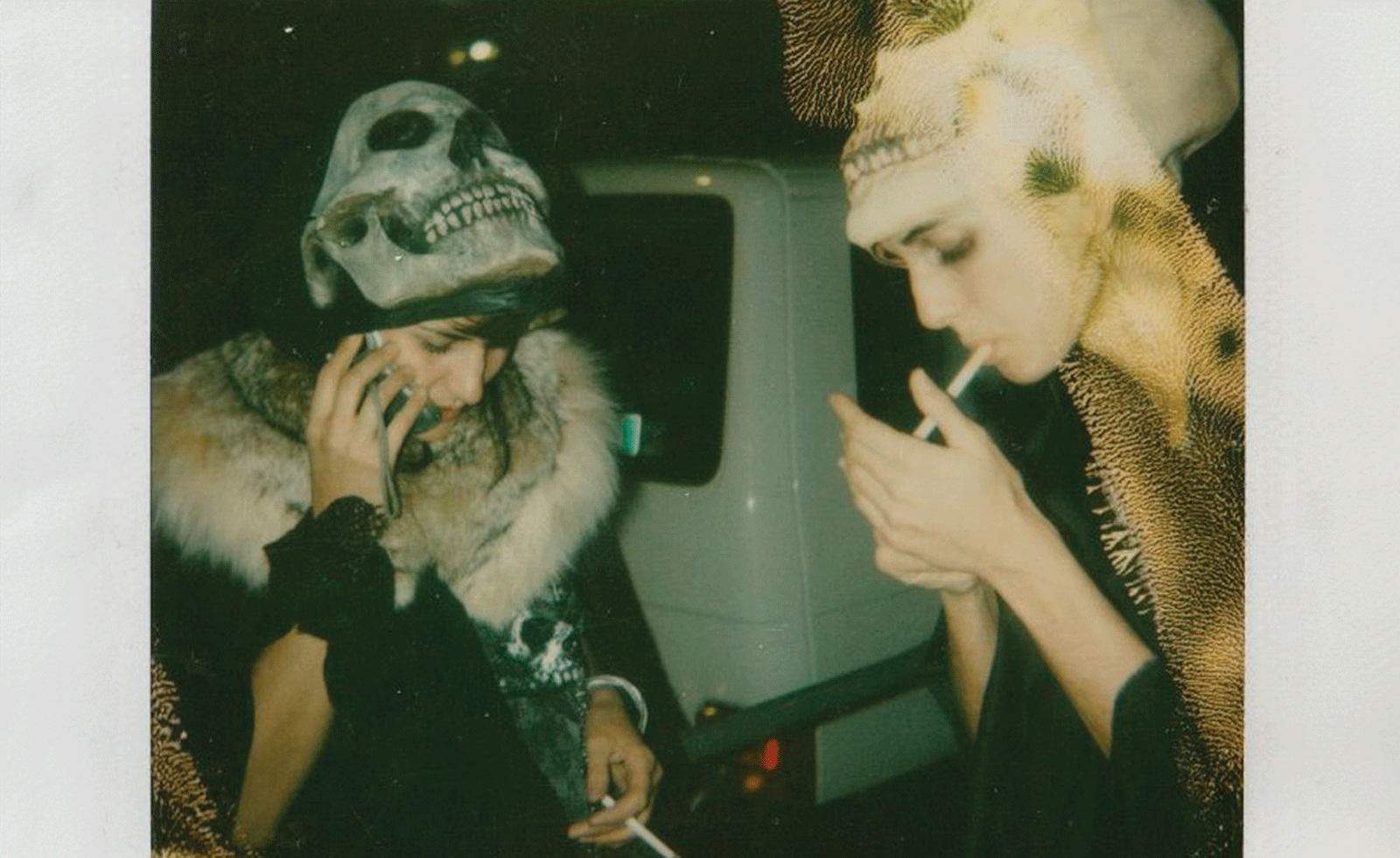 Ten things to see and do at Art Basel Paris 2025
Ten things to see and do at Art Basel Paris 2025Art Basel Paris takes over the city from 24-26 October. Here are the highlights, from Elmgreen & Dragset to Barbara Kruger and Dash Snow
-
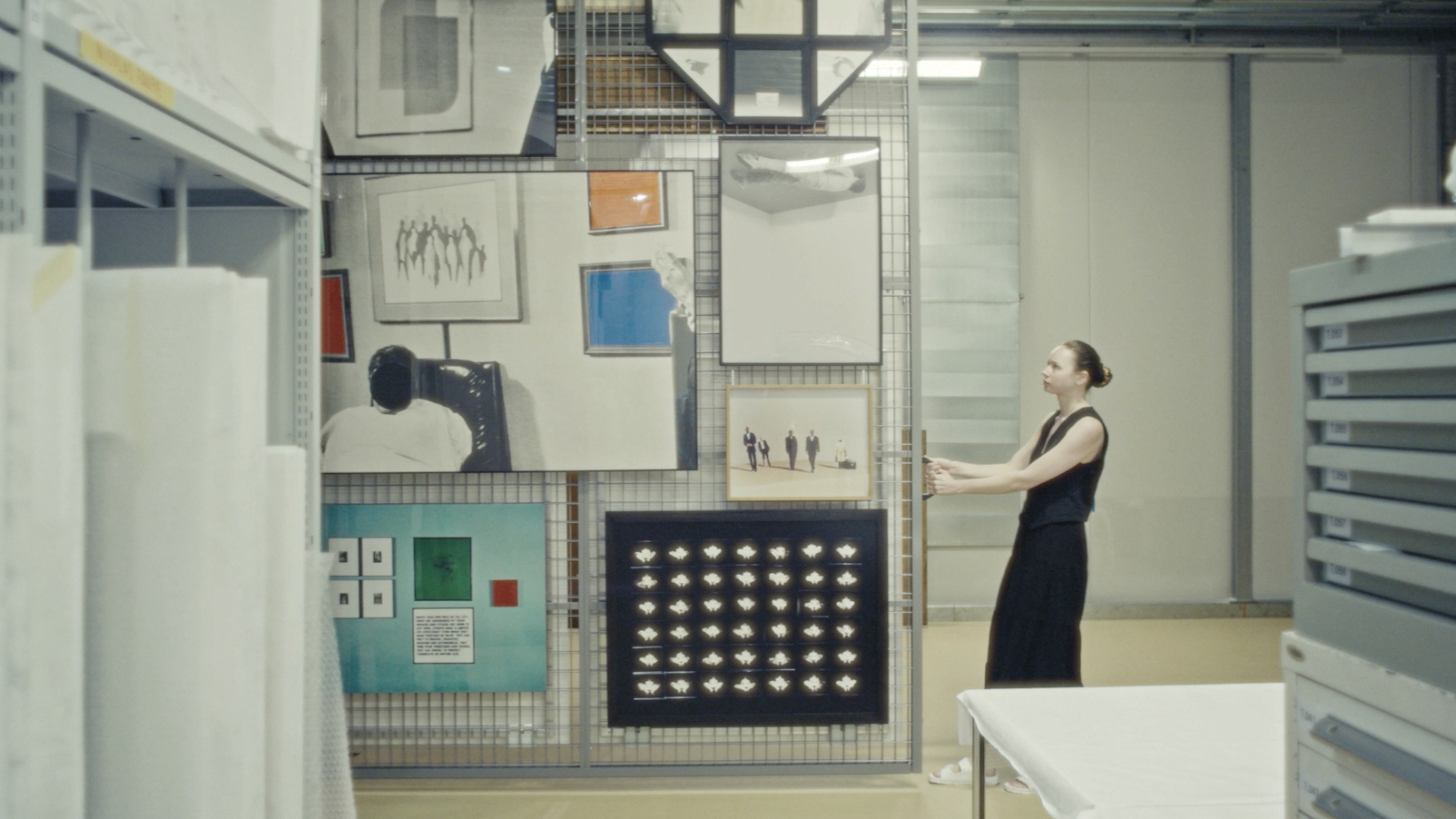 What to see at Switzerland’s art museums this autumn and winter
What to see at Switzerland’s art museums this autumn and winterWorld-class art, design and photography await at 11 Swiss museums. Take a video tour to peek inside, then plan your trip with our guide to the best exhibitions to see now and into 2026
-
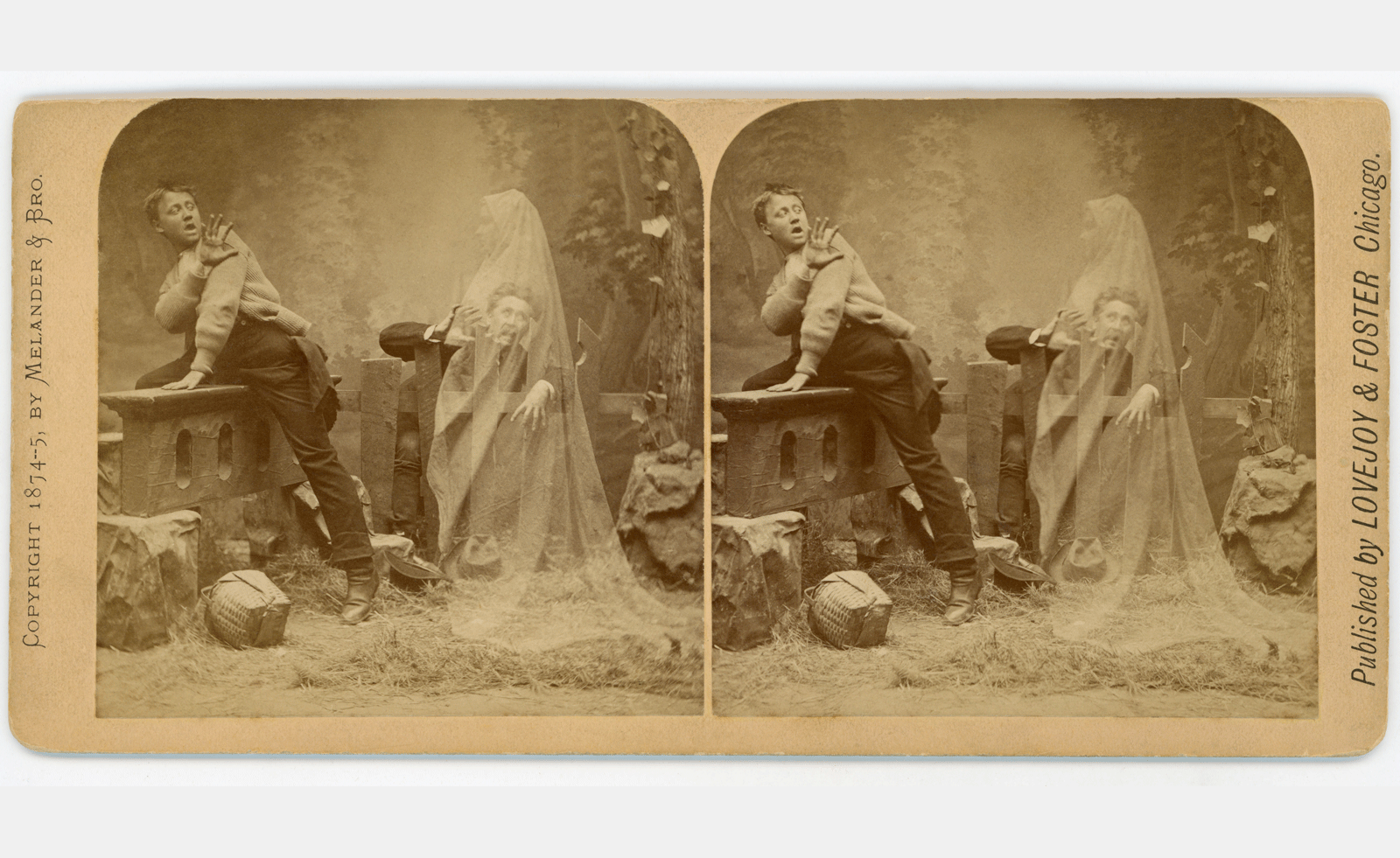 Why are we so obsessed with ghosts? From the psychological to the gothic, a new exhibition finds out
Why are we so obsessed with ghosts? From the psychological to the gothic, a new exhibition finds outGhosts have terrified us for centuries. ‘Ghosts: Visualizing the Supernatural’ at Kunstmuseum Basel asks what is going on
-
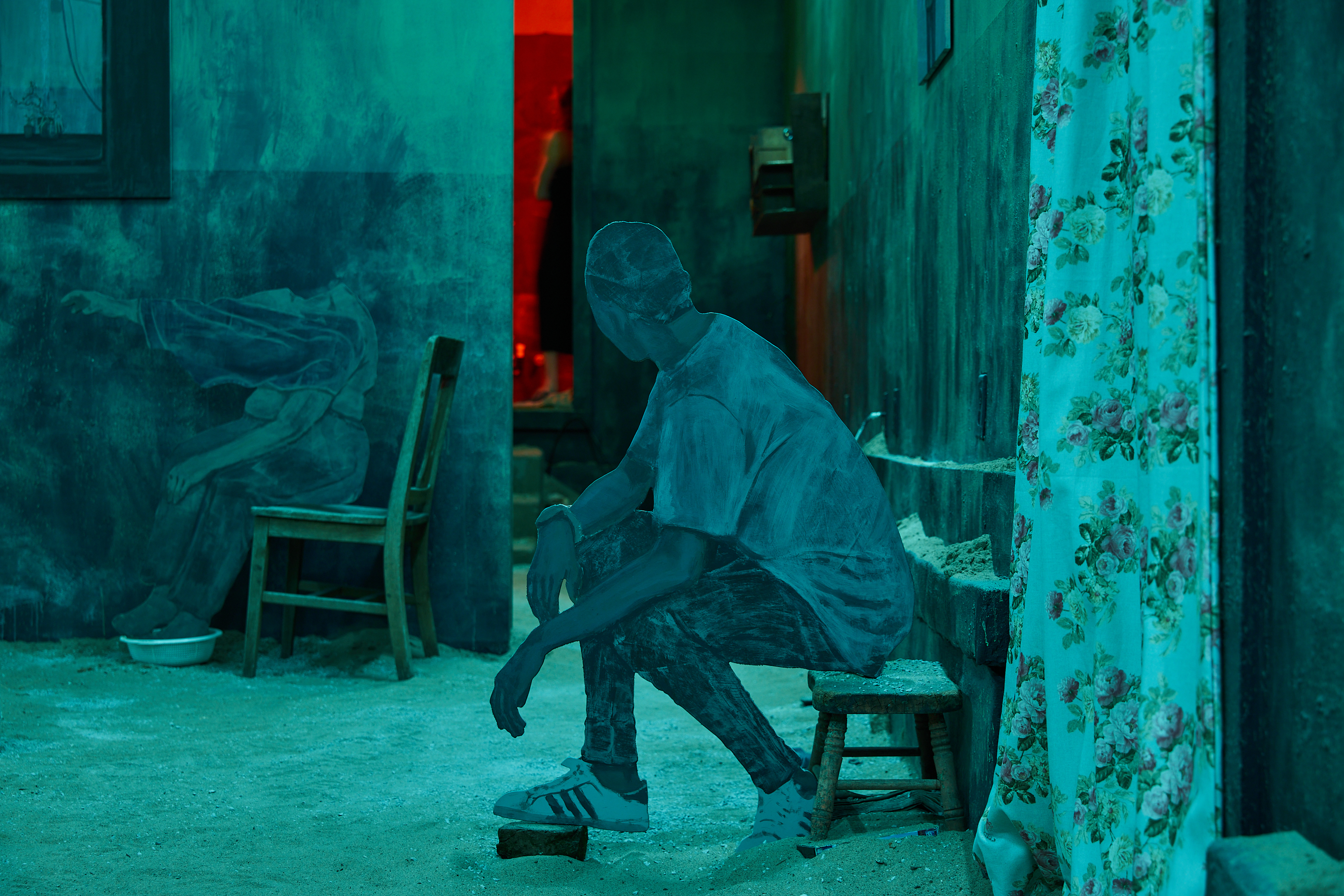 12 things not to miss at Art Basel 2025
12 things not to miss at Art Basel 2025Art Basel is bigger and better than ever. Avoid overwhelm, follow our definite what-to-see guide at this year's event (19-22 June)
-
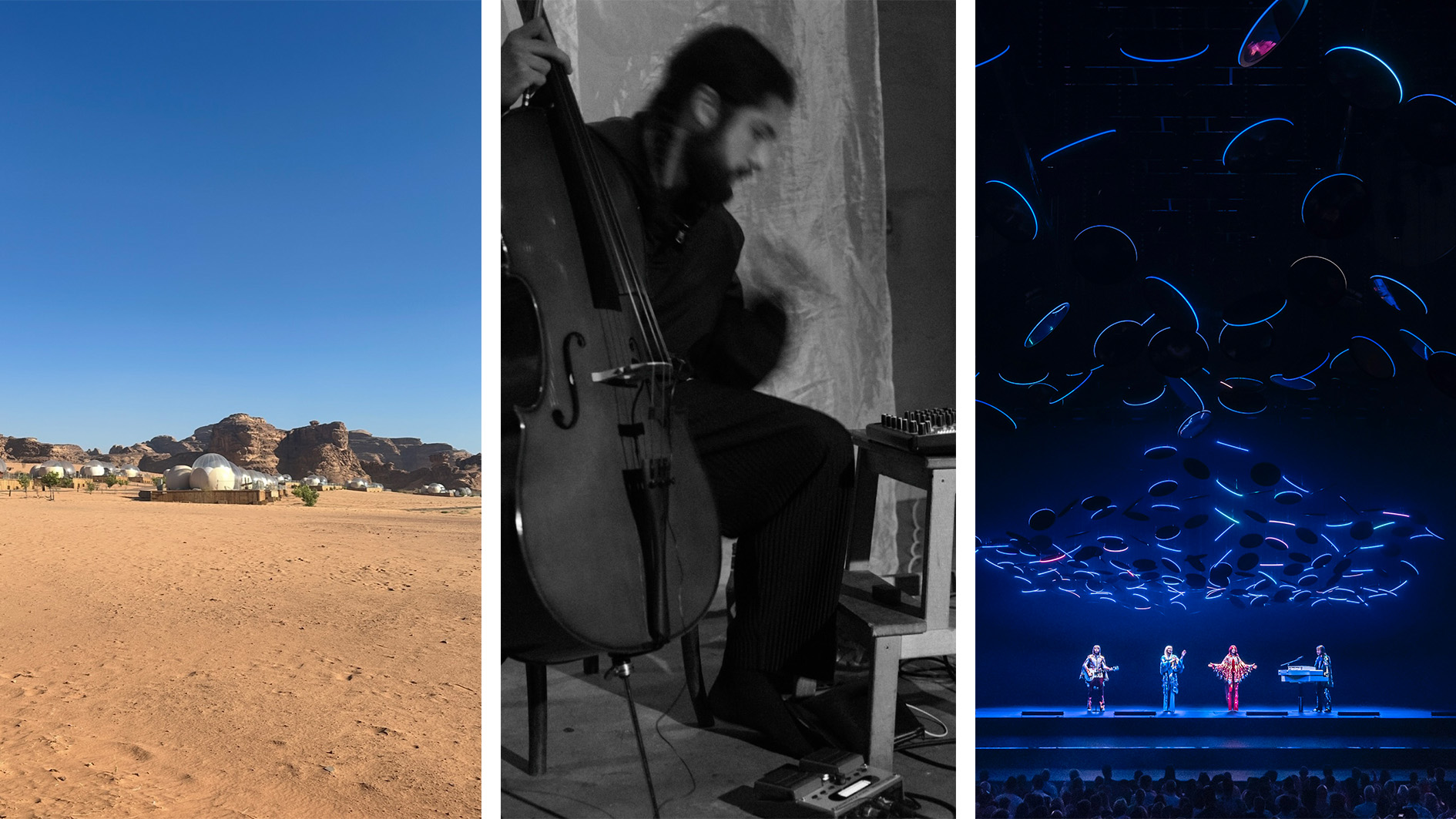 Out of office: what the Wallpaper* editors have been up to this week
Out of office: what the Wallpaper* editors have been up to this weekThis week saw the Wallpaper* team jet-setting to Jordan and New York; those of us left in London had to make do with being transported via the power of music at rooftop bars, live sets and hologram performances
-
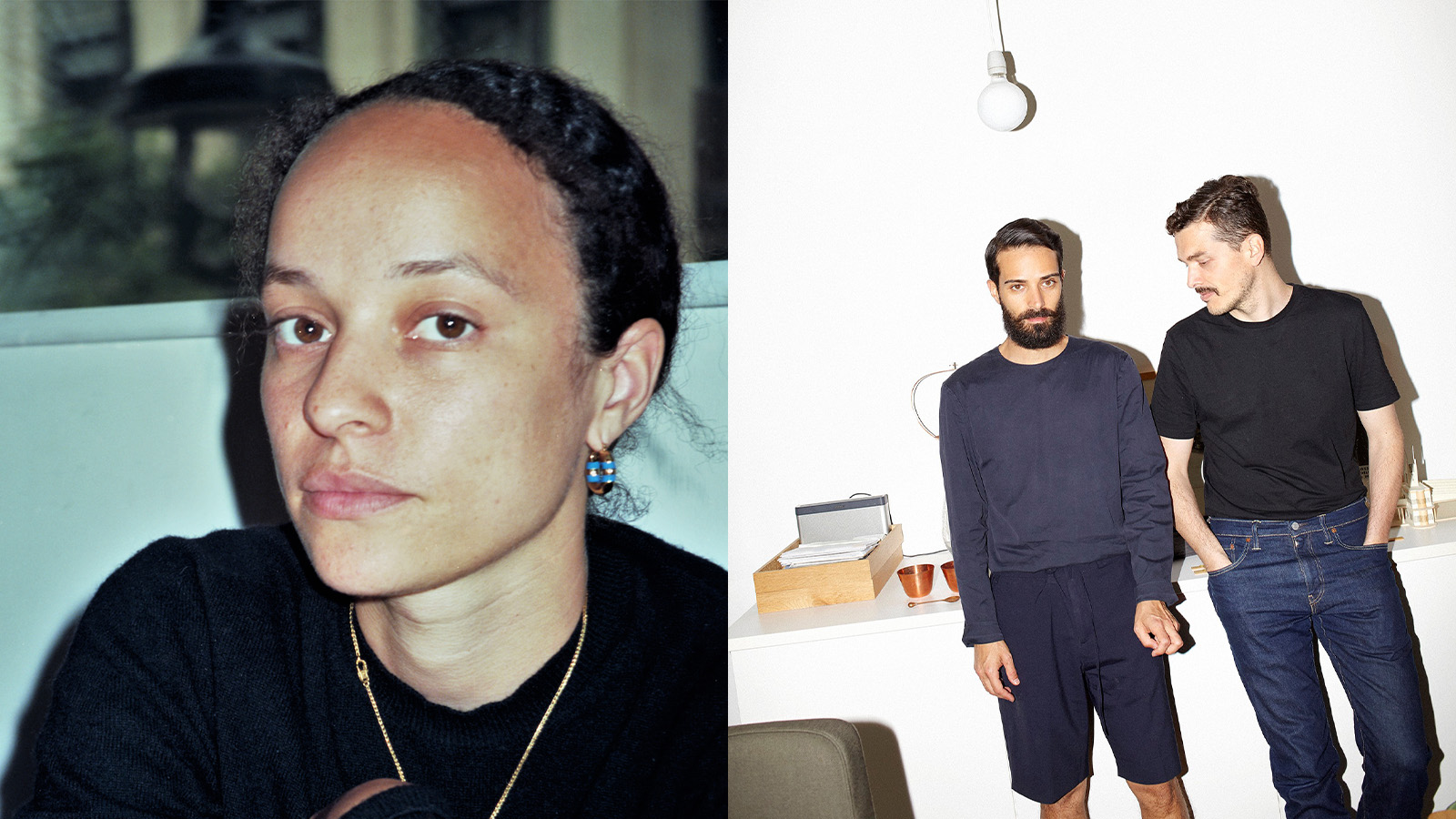 Meet the Art Basel Awards 2025 winners
Meet the Art Basel Awards 2025 winnersThe inaugural Art Basel Awards 2025 winners have been announced, celebrating a wide array of artistic practices shaping the future of art